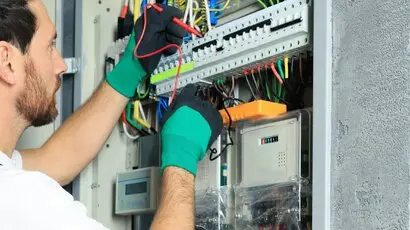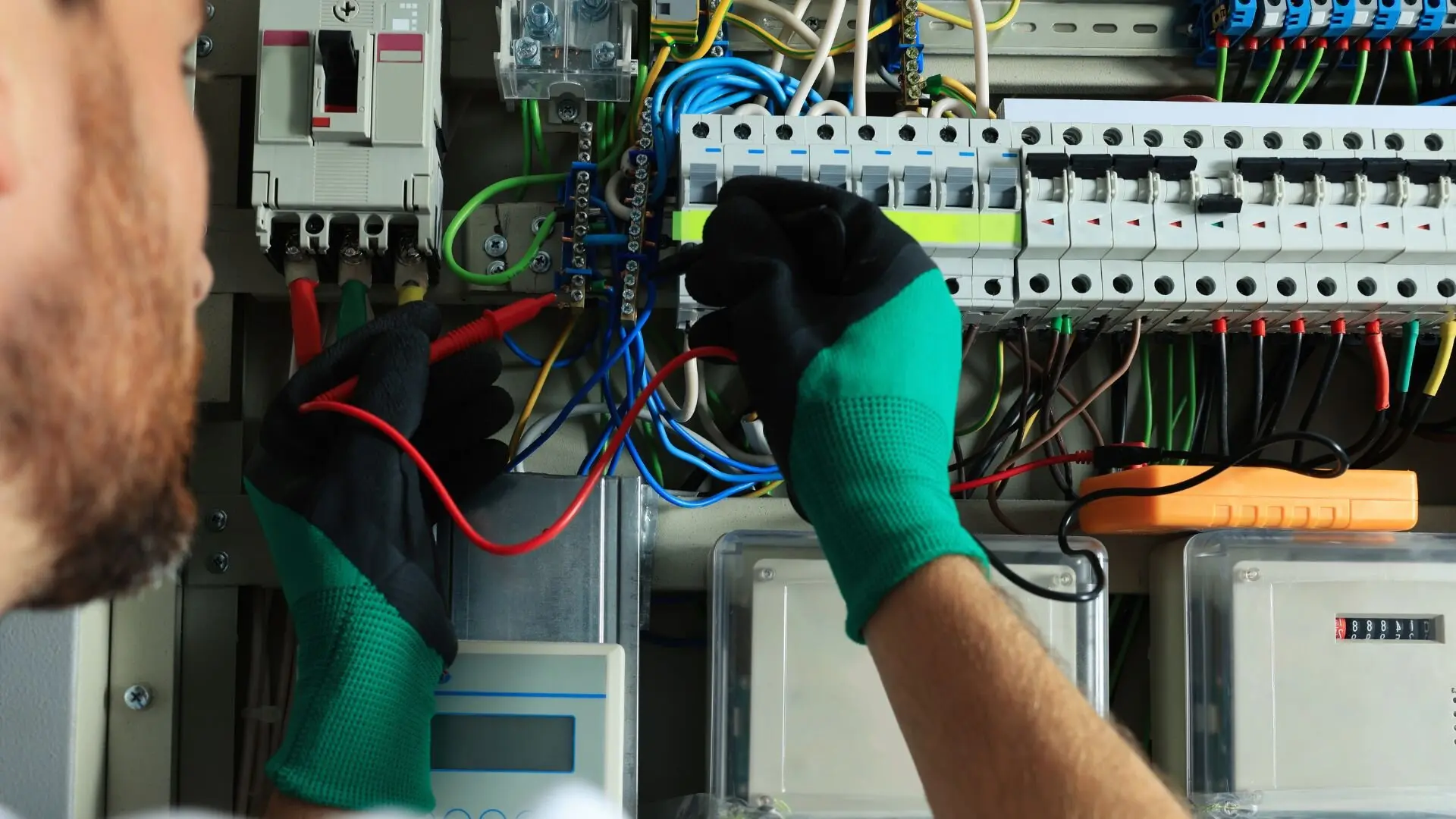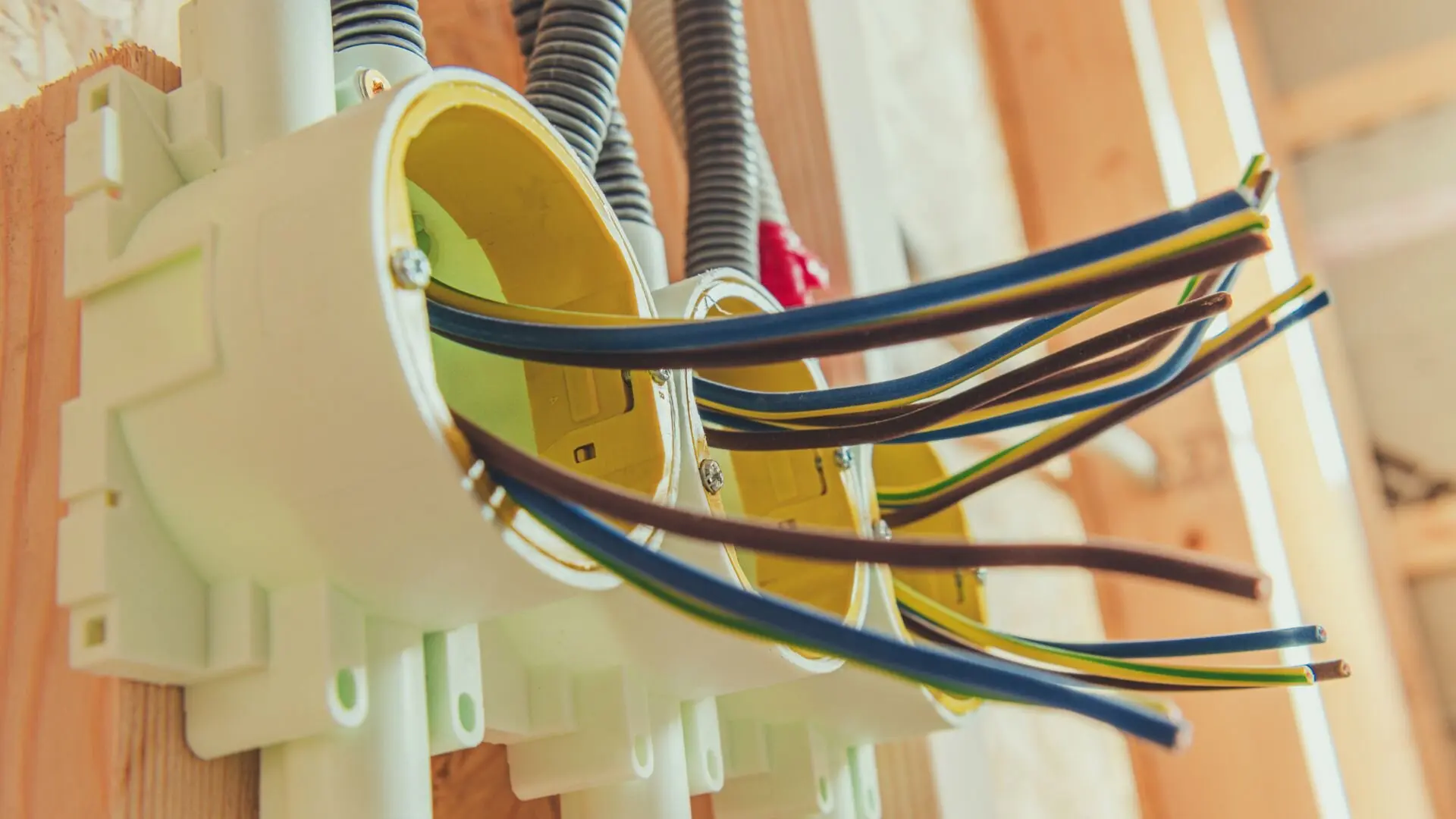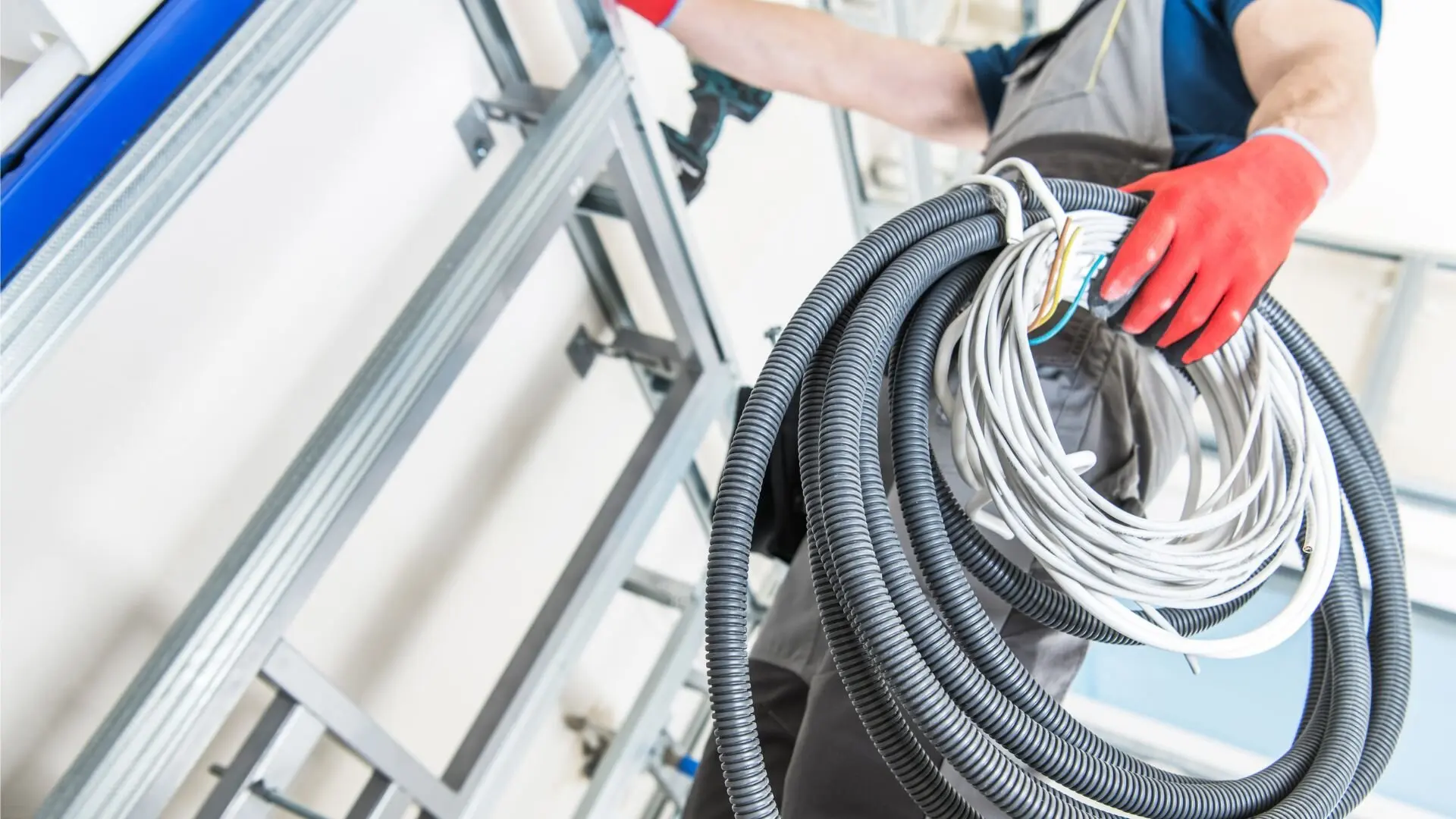
Get your free Melbourne Electrician quote today!
Our team of Melbourne Electricians is here to help you with any questions or concerns you may have. We’re committed to providing you with the best possible service and support.
Discover the most frequent electrical problems in commercial spaces. From mysterious outages to hazardous short circuits, we delve into the root causes and provide practical solutions. Protect your business and employees by understanding these electrical threats.
Problems with electrical systems in commercial buildings can cause big headaches, such as fire hazards, downtime, and costly repairs. Back in 2019, there were 5,059 instances of fire damage in Australia’s commercial sector , resulting in a whopping $469 million in losses . It’s clear that taking proactive steps is crucial.
Keeping up with regular inspections and maintenance is crucial for ensuring your business stays safe and operational. By staying alert and informed, businesses can avoid potential disasters and protect their important assets.
Signs of Electrical Faults in Commercial Buildings
Electrical faults in commercial buildings can really disrupt operations and pose significant safety risks. Spotting the warning signs early can help prevent bigger problems down the track.

Flickering Lights
Flickering lights are a common sign of electrical faults, often caused by loose wiring or overloaded circuits. This instability requires immediate attention to avoid potential hazards.
Frequent Tripping of Circuit Breakers
Circuit breakers that trip frequently indicate excessive demand or a possible short circuit. Investigating the cause is essential to maintain safety and prevent damage.
Unusual Sounds
Buzzing or humming noises from outlets, switches, or electrical panels can signal loose connections or faulty wiring. Ignoring these sounds may lead to overheating and fires.
Warm or Discoloured Outlets
Warm or discoloured outlets and switches suggest overheating, possibly due to faulty wiring or excessive current flow. Immediate action is necessary to prevent fire hazards.
Burning Smells or Scorch Marks
[Burning smells or scorch marks near electrical components](https://wpelectricians.com.au/blog/what-to-do-if-outlet-smells-like-burning) indicate overheating or arcing. These require urgent attention to avert potential fires.
Electrical Shocks
Experiencing shocks when touching appliances or switches signals improper grounding or wiring problems. This issue demands immediate investigation by a professional.
Causes of Electrical Faults in Commercial Properties
Commercial buildings can experience electrical issues from various sources, which lead to safety hazards and disrupt operations. Grasping these causes is essential for effective prevention and maintenance.
Outdated Wiring
In older buildings, outdated wiring is a frequent problem. As the demand for electricity grows, old wiring might struggle with the load, leading to overheating and faults. Therefore, regular updates are vital to comply with current safety standards .
Overloading Circuits
Circuits become overloaded when too many devices pull power from a single source, surpassing its capacity . This often results in circuit breakers tripping frequently and elevates fire risks. Proper management and distribution of circuits are essential to prevent these problems.
Poor Installation Practices
Improper installation, such as loose connections or incorrect wiring, can cause persistent electrical issues. Ensuring installations meet industry standards prevents faults and enhances safety.
External Factors
External factors like moisture and pests also contribute to electrical problems . Moisture can corrode wiring and components, leading to short circuits. Pests, such as rodents, may chew through wires, causing damage and interruptions. Regular inspections help identify and mitigate these risks.
The Importance of Professional Electrical Inspections
Having regular electrical inspections done by qualified professionals is crucial for keeping commercial buildings safe and efficient. These checks help spot and fix faults before they turn into major problems like fires or cause significant downtime.

Early Detection
Professionals have the expertise to detect subtle signs of electrical faults that untrained eyes might miss. Early detection allows for timely repairs, preventing minor issues from becoming major problems.
Compliance with Safety Regulations
Professional electricians ensure that all electrical systems comply with current safety regulations and standards. Compliance not only enhances safety but also protects businesses from potential legal liabilities and fines.
Preventing Business Disruptions
Electrical faults can lead to unexpected power outages and equipment failures, causing costly business interruptions. Regular inspections help maintain reliable electrical systems, ensuring smooth business operations.
What to Do When You Spot an Electrical Fault
When facility managers or building owners notice electrical faults, taking immediate action is crucial to ensure safety and prevent damage.
Step 1: Assess the Situation
Carefully assess the fault. If there are sparks, smoke, or a burning smell, it’s vital to act quickly .
Step 2: Shut Off Power
If it’s safe, use the circuit breaker to shut off power to the affected area . This prevents further hazards and reduces the risk of fire or electrical shock.
Step 3: Handle Minor Issues Safely
For minor issues like flickering lights, check for loose bulbs or faulty connections .
Note : *Ensure hands are dry and wear rubber-soled shoes for safety*. Avoid using water near electrical components.
Step 4: Call a Professional
For major faults or if you’re unsure about the issue, contact a licensed electrician immediately. Do not attempt to fix complex problems yourself, as this can be dangerous .
Step 5: Document the Issue
Record details of the fault, including symptoms and actions taken, to assist the electrician in diagnosing the problem.
Preventative Measures to Avoid Electrical Faults
Implementing preventative measures can significantly reduce the risk of electrical faults in commercial buildings.

Regular Maintenance Checks
Schedule regular maintenance checks with qualified electricians to identify and address potential issues early. Routine inspections can prevent minor problems from escalating.
Upgrading Electrical Systems
Upgrade outdated or overloaded electrical systems to meet modern demands. This reduces the risk of overheating and ensures compliance with current safety standards.
Educating Staff
Train staff on basic electrical safety and how to recognise early signs of faults , such as flickering lights or unusual sounds. Early detection by informed staff can prevent larger issues.
Maintaining a Safe Environment
Keep electrical panels clear of obstructions to allow easy access for inspections and emergencies. Ensure the workspace is free from moisture and pests, which can damage electrical components.
When building managers implement these straightforward strategies, they boost the safety and reliability of their electrical systems. This approach lowers the risk of faults and helps keep operations running smoothly.
Safety First, Electrical Problems Last
Identifying and addressing electrical faults in commercial buildings is crucial for safety, efficiency, and preventing costly downtime. By understanding common issues like circuit overload, ground faults, and lighting problems, building owners and managers can take proactive steps to maintain a safe and functional environment.
To ensure that your commercial property is safe and electrically sound, consider partnering with WP Electrical. With years of experience in the industry, we offer comprehensive electrical services, such as electrical fault detection , tailored to the unique needs of commercial buildings. Our team of experts is committed to delivering reliable, efficient, and safe solutions for all your electrical requirements. Contact WP Electrical today for a thorough inspection and expert advice.
FAQ
What are the 10 common electrical problems and solutions?
Pinpointing the exact issue can be tricky without a proper inspection. Common hiccups include flickering lights, tripped breakers, non-functioning outlets, and electrical shocks . Solutions usually depend on what’s causing the problem, often requiring repairs or replacements by a skilled electrician.
What is the most common electrical failure?
Overloaded circuits are a frequent culprit . This happens when too many devices are plugged into one outlet, causing the circuit breaker to trip. Preventing overload by distributing power evenly is essential.
What type of electrical wiring is used in commercial buildings?
Commercial buildings typically use copper conductors encased in PVC or thermoplastic insulation . The specific type depends on factors like building age, size, and electrical load.
What are the three most common circuit problems?
The primary circuit issues are overloading short circuits, and ground faults . Overloading occurs when too much power is drawn, short circuits happen when live wires touch, and ground faults involve electricity flowing unexpectedly to the ground.
Published by: Pascal Harb17 October 2025